Comments / Questions (6)
![]() Janet Fullerlove wrote:
Janet Fullerlove wrote:
I have just competed a smaller version of this lovely advent calendar. Doors approx 10cm x 15cm and adapted all the other bits to be slightly smaller. Worked really well. Used different buttons on every door and added door numbers, embroidered onto little bits of petersham ribbon and pinned on with tiny brass safety pins so they can be changed around year on year.
03.11.2024 - 12:50
![]() Angels wrote:
Angels wrote:
Hay alguna forma de comprar todo el material q necesito?
04.09.2023 - 18:54DROPS Design answered:
Hola Angels, puedes encontrar las tiendas es España/ que venden a España en el siguiente enlace: https://www.garnstudio.com/findastore.php?id=23&cid=23. En las propias tiendas puedes seleccionar los ovillos que necesites o contactar con ellos para obtener información sobre el stock.
10.09.2023 - 19:02
![]() Marja Van Bruggen wrote:
Marja Van Bruggen wrote:
Ik kom niet uit het patroon van de krans met bel. Is hier een geschreven patroon van? Of anders, hoeveel toeren zijn het in totaal?
19.07.2019 - 19:59DROPS Design answered:
Dag Marja,
Het geschreven patroon staat bij 'KRANS MET BEL'. Je haakt eerst 24 lossen die je sluit met een ring. Dan haak je de eerste toer van A.2 (vasten, beginnend met 1 lossen) Op de volgende toer begin met het eerste symbool in A.2a (= de toer begint met 2 lossen ) dan haak je een half stokje in de eerste vaste van de vorige toer. Dan haak je 4 lossen, dan 1 stokje in de 2e losse van die vier lossen en 1 dubbel stokje in de 1e losse van die vier lossen, sla 2 stokjes over en haak dan weer een half stokje in de volgende vaste, herhaal op deze manier (kijk ook naar het telpatroon).
23.07.2019 - 11:50
![]() Anneke Maaskant wrote:
Anneke Maaskant wrote:
-Ik ga geen suikerwater gebruiken: dit trekt ongedierte aan. Ik naai de lapjes L-vormig vast+ een stukje rechtsonder en een haakje rechtsboven. -De koordjes met strik om de pakjes zijn te kort: ik heb resp. 30 en 40cm gemaakt. -Ik werk de draadjes in eerste instantie niet weg maar gebruik ze voor het bevestigen op de ondergrond.
28.01.2019 - 11:53
![]() Anneke Maaskant wrote:
Anneke Maaskant wrote:
-Ik ga geen suikerwater gebruiken, dit trekt ongedierte aan. ik naai de lapjes L-vormig vast+ een stukje rechtsonder. Haakje rechtsboven.\r\n-De koordjes met strik om de pakjes zijn te kort: ik heb resp. 30 en 40cm gemaakt.\r\n-draadjes werk ik in eerste instantie niet weg: veel er van zijn te gebruiken voor bevestigen aan de ondergrond.\r\n-Veel maar leuk werk!
28.01.2019 - 11:49
![]() Anneke wrote:
Anneke wrote:
Als de deurtjes aan de linkerkant worden vastgenaaid en aan de rechterkant een knoop zit is de rest los en kunnen er geen kleinigheidjes in verstopt. Dat is toch de bedoeling van een Adventkalender? Bovendien: als je het deurtje openmaakt zakt het dan niet slap uit?
14.10.2018 - 18:45DROPS Design answered:
Dag Anneke, Daar heb je inderdaad wel gelijk aan. Dit zou je op kunnen lossen door de deurtjes op te stijven door ze in suikerwater te leggen en dan plat te laten drogen. Door het opgedroogde suiker worden de lapjes stijf en krullen ze niet om.
15.10.2018 - 21:44
Advent Calendar Doors#dropsadventcalendardoors |
||||||||||||||||||||||||||||||||||||||||||||||
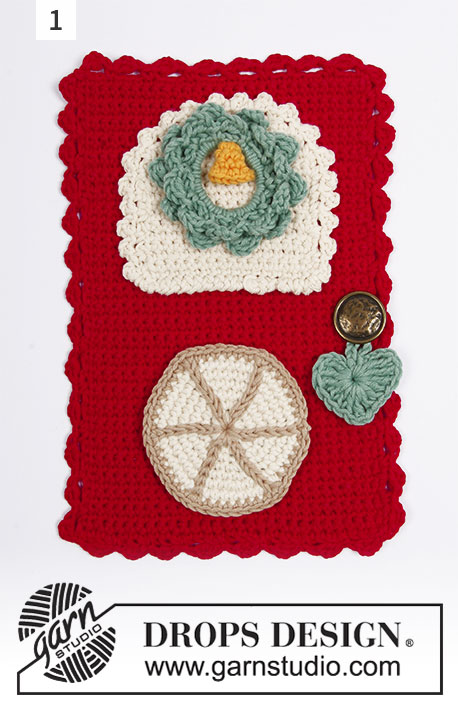 |
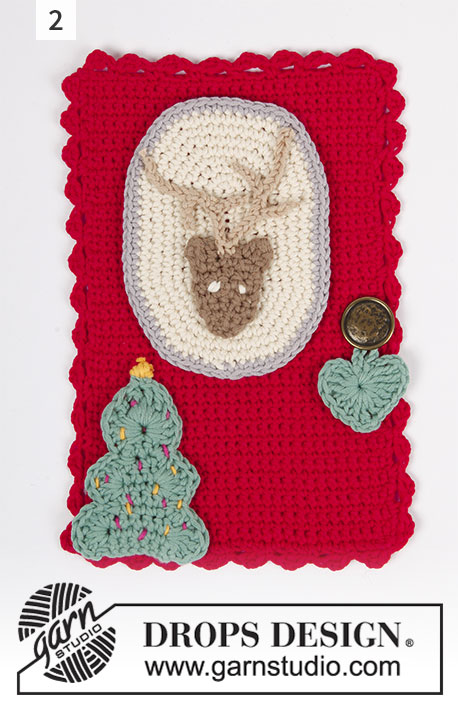 |
|||||||||||||||||||||||||||||||||||||||||||||
Crocheted separate Advent calendar doors with decorations. The pieces are worked in DROPS Safran.
DROPS Extra 0-1392 |
||||||||||||||||||||||||||||||||||||||||||||||
|
INFORMATION FOR THE PATTERN: PATTERN: Hexagonal window: See diagram A.1. Wreath with bell: See diagram A.2. Heart: See diagram A.3. Straight-sided oval window: See diagram A.4. Oval window: See diagram A.5. Star: See diagram A.6. Wreath: See diagram A.7. LOBSTER STITCH (for arched window): Work single crochets, but backwards. In other words, work single crochets from left to right. CROCHET INFO (for arched window, Christmas tree and reindeer): First single crochet is replaced by 1 chain stitch. WORK 2 SINGLE CROCHETS TOGETHER: * Insert hook into next stitch, pick up strand *, repeat from *-* one more time, make a yarn over and pull yarn over through all 3 loops on hook (= 1 single crochet decreased). ---------------------------------------------------------- DOOR TO ADVENT CALENDAR: For the complete Advent calendar there is 24 doors, with windows and decorations as you wish. The Advent calendar consists of one door which is the same in all patterns. The decorations consist of 5 different windows, 1 heart, 1 wreath with bell, 1 wreath with berries, 1 reindeer, 1 Christmas tree, 1 star, 1 candy stick, 1 small parcel and 1 large parcel. These can be placed as you wish, depending on how much decoration you would like to have. See placement idea on calendar. The pattern is divided into 4 - see photo. DOOR: The piece is first worked back and forth, then you work an edge around whole door. Work 29 chain stitches with hook size 3 mm / C and red. Turn and work 1 single crochet in the 2nd chain stitch from the hook, work 1 single crochet in each of the next 27 chain stitches = 28 single crochets. The next row is worked as follows: Work 1 chain stitch, 1 single crochet in each single crochet. REMEMBER THE CROCHET GAUGE! Repeat the last row until piece measures 18 cm / 7", finish with a row from the wrong side. Now crochet an edge around the whole door, turn and start in the top corner from the right side: Work 1 chain stitch, 1 single crochet in first single crochet, * 3 chain stitches, 1 double crochet in first chain stitch, skip approx. 1½ cm / ½", 1 single crochet in next single crochet *, repeat from *-* to end of round, adjust so that you get one single crochet in each corner of the door. Finish the round with 1 slip stitch in chain stitch at beginning of round. Cut and fasten strand. Sew a button to the door, approx. mid left side. ---------------------------------------------------------- DOOR-1: Work a door as described above. Then work an arched window, a hexagonal window, a wreath with bell and a heart. ARCHED WINDOW: The piece is first worked back and forth, then you crochet an edge around whole window. Work 18 chain stitches with hook size 3 mm / C and off white. ROW 1: Turn and work 1 single crochet in 2nd chain stitch from the hook, work 1 single crochet in each of the next 16 chain stitches = 17 single crochets. ROWS 2-12: Read CROCHET INFO! Work 1 single crochet in each single crochet. ROW 13: Work 2 SINGLE CROCHETS TOGETHER - see description above, 1 single crochet in each single crochet until there are 2 single crochets left, work 2 single crochets together (= 2 single crochets decreased). ROW 14: Work 1 single crochet in each single crochet. Repeat rows 13 and 14 one more time, then repeat row 13 = 11 single crochets on last row. Cut and fasten strand. Work an edge around the window as follows: Start in bottom left corner. Work LOBSTER STITCH - see description above, along bottom edge of window. Then turn piece and work around as follows: Work * 3 chain stitches, 1 slip stitch in first chain stitch, skip 1 row/ single crochet, work 1 single crochet in next row/ single crochet *, repeat from *-* to beginning of round, i.e. bottom right corner. Cut and fasten strand. HEXAGONAL WINDOW: The window is worked in the round from the middle outwards. Work 4 chain stitches with hook size 3 mm / C and off white and form them to a ring with 1 slip stitch in first chain stitch. Work pattern in the round according to diagram A.1b a total of 6 times on the round - A.1a shows how rounds start and finish and is worked in addition to A.1b. Continue in the round until there is 1 round left. Change to beige and work last round. Cut and fasten strand. Work slip-stitch rows in the increases (6 stripes) with beige. WREATH WITH BELL: The piece is worked in the round, starting from the middle of the wreath and outwards. Work 24 chain stitches with hook size 3 mm / C and green and form them to a ring with 1 slip stitch in first chain stitch. Work pattern in the round according to diagram A.2b a total of 5 times on the round - A.2a shows how the rounds start and finish and is worked in addition to A.2b. Continue until A.2a/A.2b is finished, cut and fasten strand. Now work a round on the right side with the same single crochets as for first round. Fasten strand with1 slip stitch in first chain stitch at beginning of this round, then work pattern in the round according to diagram A.2d a total of 5 times on the round - A.2c shows how the rounds start and finish and is worked in addition to A.2d. Continue to end of round, cut and fasten strand. Work a bell as follows: Work 3 chain stitches with hook size 3 mm / C and strong yellow and form them to a ring with 1 slip stitch in first chain stitch. Work 4 single crochets around the ring, then work 2 rounds with 1 single crochet in each single crochet, then work 1 round with 2 single crochets in each of the 4 single crochets = 8 single crochets. Cut and fasten strand. Sew the bell to the wreath. HEART: Work 4 chain stitches with hook size 3 mm / C and green and form them to a ring with 1 slip stitch in first chain stitch. Then work pattern around the ring as shown in diagram A.3. When A.3 is finished, cut and fasten strand. ---------------------------------------------------------- DOOR-2: Work a door as described above. Then work a straight-edged oval window, a Christmas tree, a reindeer and a heart. STRAIGHT-EDGED OVAL WINDOW: The piece is worked in the round, starting from the middle of the window and outwards. Work 11 chain stitches (including 1 chain stitch to turn) with hook size 3 mm / C and off white. Turn and work 1 single crochet in 2nd chain stitch from the hook, work 1 single crochet in each of the next 8 chain stitches, 2 single crochets in the last single crochet. Continue in the round and work on the opposite side of the chain-stitch row as follows: 1 single crochet in each of the first 8 chain stitches, 1 single crochet in same chain stitch as first single crochet. Then work pattern in the round according to diagram A.4 as follows: A.4a shows how the rounds start and finish, * A.4b, A.4c and A.4 d *, work from *-* a total of 2 times on the round. Continue in the round until there is 1 round left. Change to medium gray and work the last round. Cut and fasten strand. CHRISTMAS TREE: The piece is first worked back and forth, then you work an edge around the whole Christmas tree. Work 8 chain stitches with hook size 3 mm / C and green. ROW 1: Turn and work 1 single crochet in 2nd chain stitch from hook, work 1 single crochet in each of the next 6 chain stitches = 7 single crochets. ROWS 2-3: Read CROCHET INFO! Work 1 single crochet in each single crochet. ROW 4: Work 1 slip stitch in first single crochet, 1 single crochet in each of the next 5 single crochets = 5 single crochets. ROWS 5-6: Work 1 single crochet in each single crochet. ROW 7: Work 1 slip stitch in first single crochet, 1 single crochet in each of the next 3 single crochets = 3 single crochets. ROWS 8-11: Work 1 single crochet in each single crochet. Cut and fasten strand. EDGE: Start with 1 single crochet with green around first row in bottom right corner, * skip 1 row, work 6 double crochets around next row, skip 1 row, 1 single crochet around next row *, repeat from *-* 1 more time, skip 1 row, around middle of next row work as follows: Work 3 double crochets, 2 treble crochets, 3 chain stitches, 1 slip stitch in first chain stitch, 2 treble crochets and 3 double crochets, * skip 1 row, work 1 single crochet around next row, skip 1 row, work 6 double crochets around next row *, repeat from *-* 1 more time, skip 1 row and finish with 1 single crochet around last row. Cut and fasten strand. Sew candles with strong yellow around the chain stitches at top of tree. Embroider light onto tree by working stitches up and down over the whole tree with strong yellow and cerise. REINDEER: The piece is worked back and forth. Work 3 chain stitches with hook size 3 mm / C and light brown and form them to a ring with 1 slip stitch in first chain stitch. ROW 1 - Read CROCHET INFO! Work 6 single crochets around chain-stitch ring. ROWS 2-7: Turn. Work 1 single crochet in each single crochet. ROW 8 (ear): Work 2 chain stitches, 1 double crochet in first single crochet - but wait with the last yarn over and pull through, work 1 double crochet in next single crochet and pull strand through all loops on hook. Cut and fasten strand. Work the other ear in the same way on the opposite side, start with 1 slip stitch. Cut and fasten strand. ANTLERS: Work 15 loose chain stitches with hook size 3 mm / C and beige, work 1 single crochet in each of the middle 2 single crochets on row 7, then work 15 loose chain stitches. Cut strand. Then work short chain-stitch rows out to each side of both of these 15 chain stitches. Work 1 part as follows: Fasten with 1 slip stitch on the chain-stitch row and work 4 chain stitches. Cut and fasten strand. Work 2 such parts on each of the 15 chain-stitch rows. Sew a couple of stitches for eyes with off white. HEART: Work 4 chain stitches with hook size 3 mm / C and green and form them to a ring with 1 slip stitch in first chain stitch. Continue by working pattern in the round according to diagram A.3. When A.3 is finished, cut and fasten strand. ---------------------------------------------------------- DOOR-3: Work a door as described above. Then work an oval window, a heart and a star. OVAL WINDOW: The piece is worked in the round, starting from the middle of the window and outwards. Work 4 chain stitches with hook size 3 mm / C and off white and form them to a ring with 1 slip stitch in first chain stitch. Work pattern in the round according to diagram A.5b a total of 2 times on the round - A.5a shows how the rounds start and finish and is worked in addition to A.5b. Continue in the round until there is 1 round left. Change to beige and work last round. Cut and fasten strand. HEART: Work 4 chain stitches with hook size 3 mm / C and green and form them to a ring with 1 slip stitch in first chain stitch. Continue working around the ring as shown in diagram A.3. When A.3 is finished, cut and fasten strand. STAR: The piece is worked in the round, starting from the middle of the star and outwards. Work 4 chain stitches with hook size 3 mm / C and off white and form them to a ring with 1 slip stitch in first chain stitch. Continue by working pattern in the round as shown in diagram A.6. When A.6 is finished, cut and fasten strand. ---------------------------------------------------------- DOOR-4: Work a door as described above. Then work a small square window, a wreath with berries, a small parcel, a large parcel and a candy stick. SMALL SQUARE WINDOW: The piece is worked back and forth, then crochet an edge around the whole window. Work 13 chain stitches (including 1 chain stitch to turn) with hook size 3 mm / C and off white. Turn and work 1 single crochet in 2nd chain stitch from hook, work 1 single crochet in each of the next 11 chain stitches = 12 single crochets. The next row is worked as follows: Work 1 chain stitch, 1 single crochet in each single crochet. Repeat the last row until you have worked a total of 11 rows. Now work an edge around the whole window, turn and start in the top corner as follows: Work 1 chain stitch, 1 single crochet in first single crochet, * 3 chain stitches, 1 double crochet in first chain stitch, skip approx. 1½ cm / ½", 1 single crochet in next single crochet *, repeat from *-* to end of round, adjust so that you have a single crochet in each corner of the window. Finish round with 1 slip stitch in the chain stitch at the beginning of the round. Cut and fasten strand. WREATH WITH BERRIES: The piece is worked in the round, starting from the middle of the wreath outwards. Work 24 chain stitches with hook size 3 mm / C and green and form them to a ring with 1 slip stitch in first chain stitch. Work pattern in the round according to diagram A.7b a total of 6 times on the round - A.7a shows how the rounds start and finish and is worked in addition to A.7b. Continue until A.7 has been completed. Cut and fasten strand. Berries: Work 1 berry as follows: Work 3 chain stitches with hook size 3 mm / C and red, work 3 double crochets in the first of the 3 chain stitches, take the hook out and insert it into the 3rd chain stitch, pick up loop from last double crochet and then pull loop through 3rd chain stitch. Cut and fasten strand. Work 2 more berries in the same way and sew them onto the top of the wreath. SMALL PARCEL: The piece is worked back and forth. Work 10 chain stitches (including 1 chain stitch to turn) with hook size 3 mm / C and cerise. Turn and work 1 single crochet in 2nd chain stitch from hook, work 1 single crochet in each of the next 8 chain stitches = 9 single crochets. Next row is worked as follows: Work 1 chain stitch, 1 single crochet in each single crochet. Repeat the last row until you have worked a total of 7 rows. Cut and fasten strand. Work 1 chain-stitch row with strong yellow of approx. 6 cm / 2⅜", tie a tight knot in each end and cut the strand. Fasten it across the parcel. Work 1 chain-stitch row with cerise of approx. 15 cm / 6", tie a tight knot in each end. Tie this around the parcel in height and tie a bow at the top. LARGE PARCEL: The piece is worked back and forth. Work 13 chain stitches (including 1 chain stitch to turn) with hook size 3 mm / C and medium gray. Turn and work 1 single crochet in 2nd chain stitch from hook, work 1 single crochet in each of the next 11 chain stitches = 12 single crochets. The next row is worked as follows: Work 1 chain stitch, 1 single crochet in each single crochet. Repeat the last row until you have worked a total of 10 rows. Cut and fasten strand. Work 1 chain-stitch row with cerise of approx. 8 cm / 3⅛", tie a tight knot in each end and cut strand. Fasten it across the parcel. Work 1 chain-stitch row with cerise of approx. 20 cm / 8", tie a tight knot in each end. Tie this around the parcel in height and tie a bow at the top. CANDY STICK: The piece is worked back and forth. Work 4 chain stitches (including 1 chain stitch to turn) with hook size 3 mm / C and off white. Turn and work 1 single crochet in 2nd chain stitch from hook, work 1 single crochet in each of the next 2 chain stitches = 3 single crochets. Next row worked as follows: Work 1 chain stitch, 1 single crochet in each single crochet. Repeat the last row until you have worked a total of 12 rows, finish with 6 chain stitches on last row. Turn, work 1 single crochet in 2nd chain stitch from hook, 1 single crochet in each of the next 4 chain stitches, 1 single crochet in each of the next 3 single crochets = 8 single crochets. Next row worked as follows: Work 1 chain stitch, 1 single crochet in each single crochet. Repeat last row 1 more time. Cut and fasten strand. Work 1 chain-stitch row with red of approx. 60 chain stitches, tie a tight knot in each end and cut strand. Wind it around the candy stick and fasten at back. |
||||||||||||||||||||||||||||||||||||||||||||||
Diagram explanations |
||||||||||||||||||||||||||||||||||||||||||||||
|
||||||||||||||||||||||||||||||||||||||||||||||
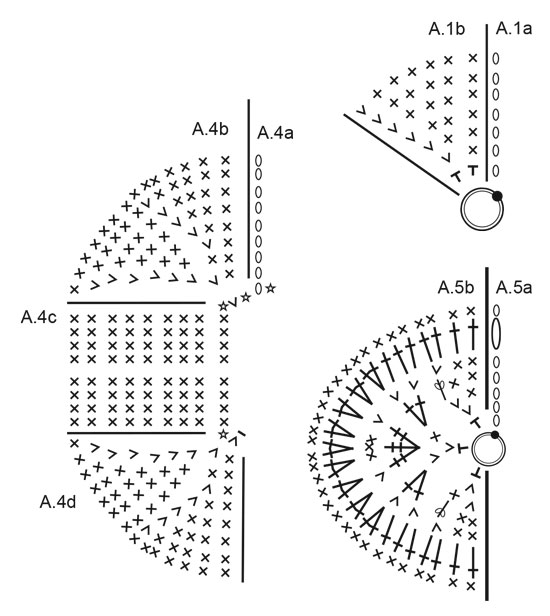
|
||||||||||||||||||||||||||||||||||||||||||||||

|
||||||||||||||||||||||||||||||||||||||||||||||
Have you finished this pattern?Tag your pictures with #dropspattern #dropsadventcalendardoors or submit them to the #dropsfan gallery. Do you need help with this pattern?You'll find 13 tutorial videos, a Comments/Questions area and more by visiting the pattern on garnstudio.com. © 1982-2025 DROPS Design A/S. We reserve all rights. This document, including all its sub-sections, has copyrights. Read more about what you can do with our patterns at the bottom of each pattern on our site. |
||||||||||||||||||||||||||||||||||||||||||||||







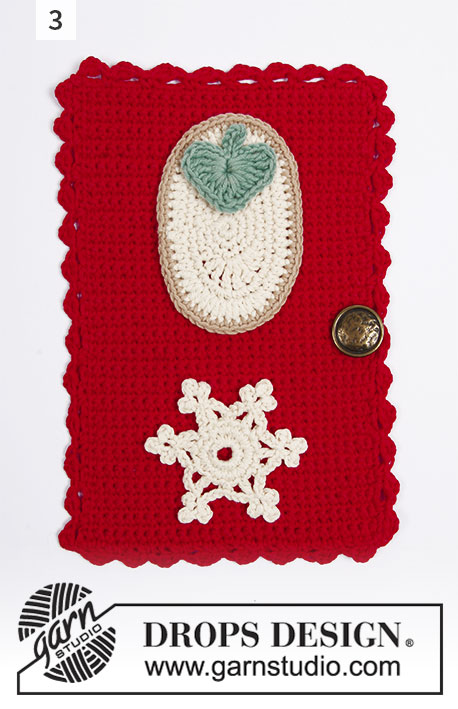

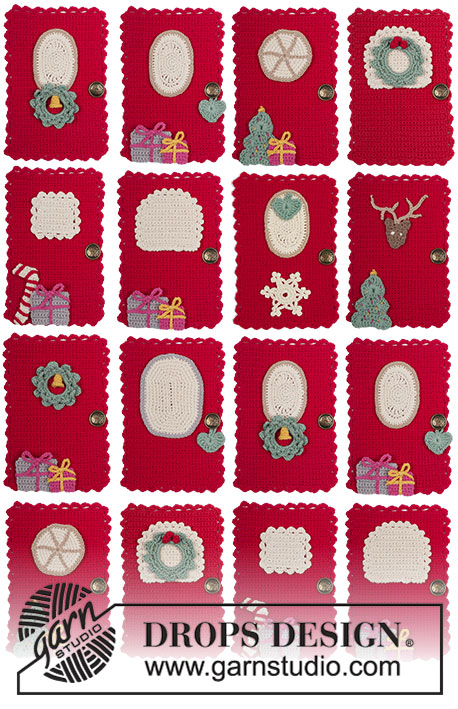
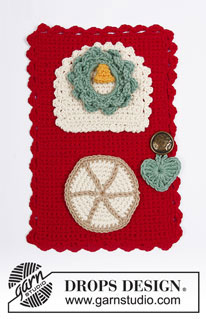
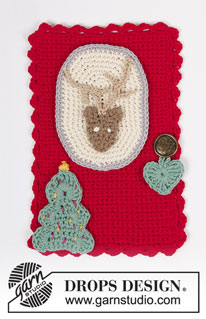
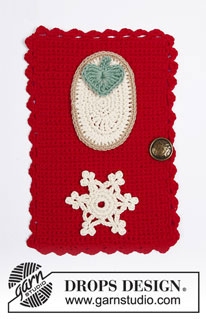
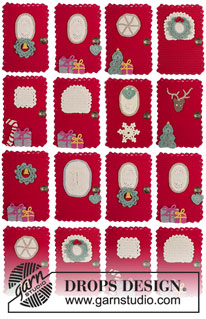






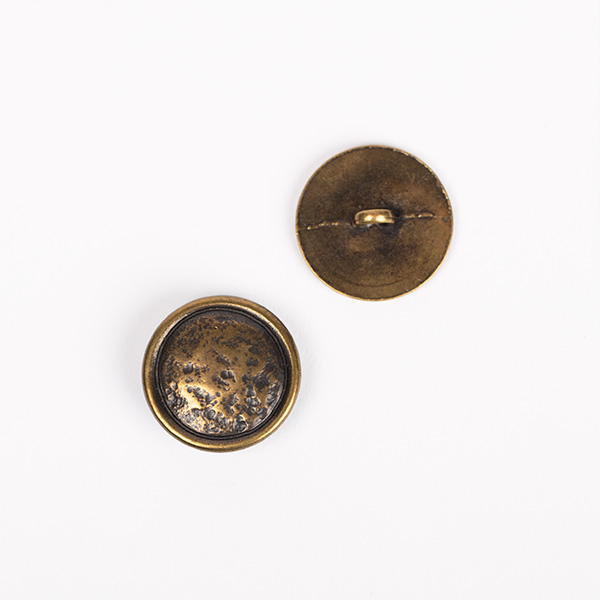



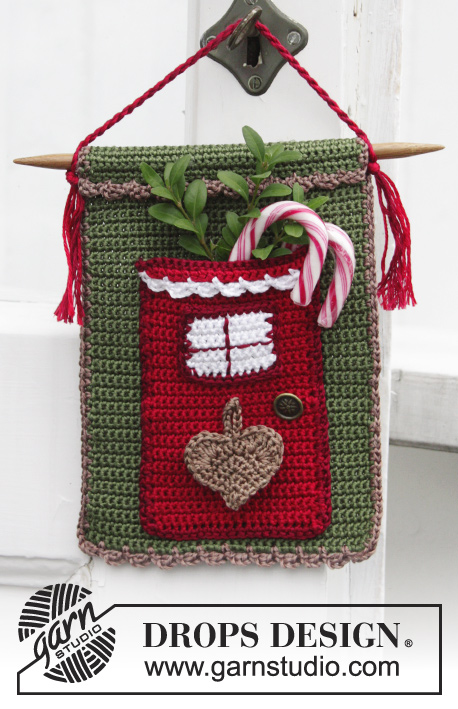












































Post a comment to pattern DROPS Extra 0-1392
We would love to hear what you have to say about this pattern!
If you want to leave a question, please make sure you select the correct category in the form below, to speed up the answering process. Required fields are marked *.